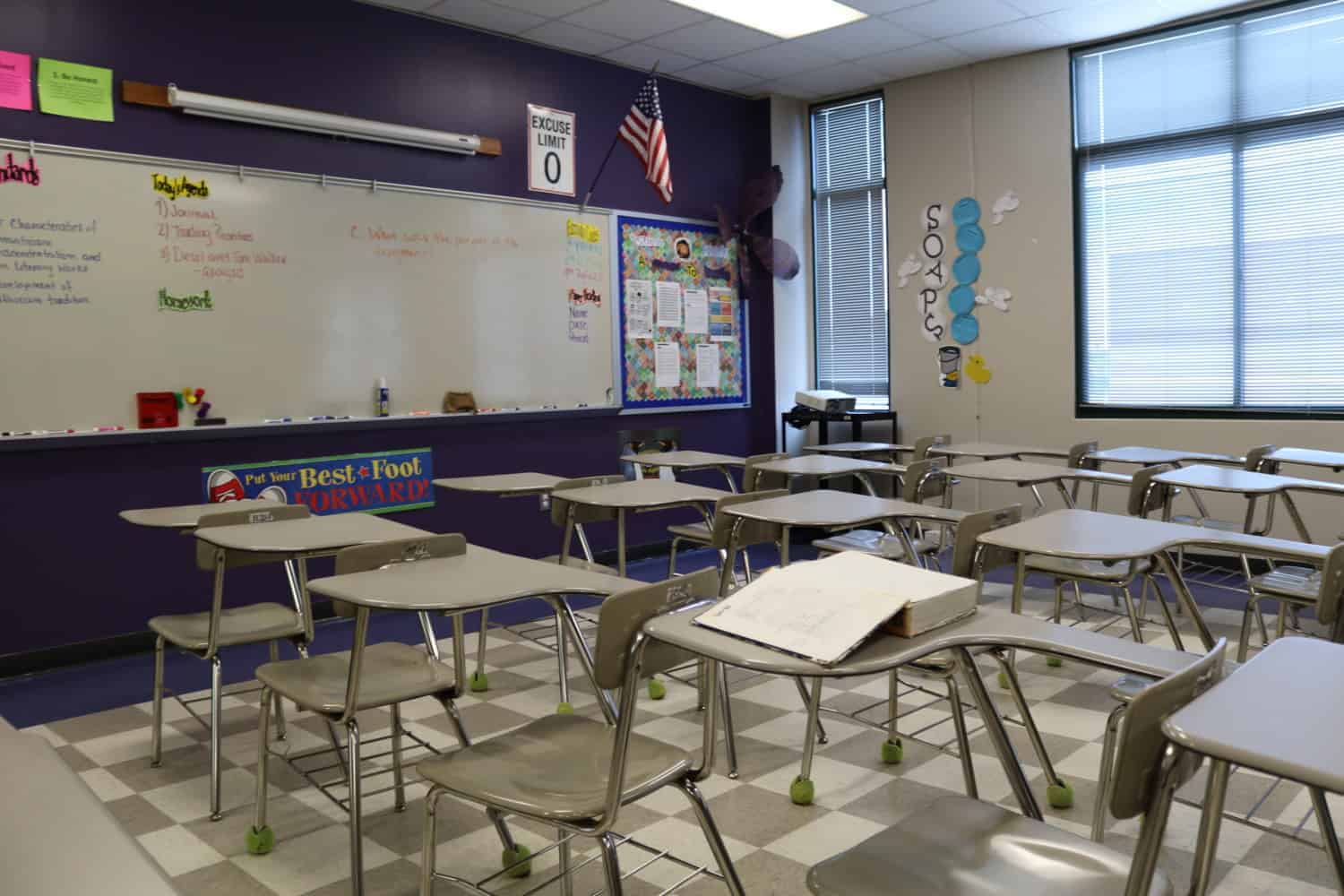Though the UNC System saw a rise in educator preparation program enrollment in fall 2016 for the first time in several years, the changes may not reflect increased interest in teaching as a career. The data collection methods used in 2016 differed from previous years which may have influenced the results.
The overall enrollment in teacher preparation programs at UNC System institutions increased by 6 percent, but a category called “other” accounted for almost all of the growth from 2015 to 2016. “Other” includes lateral entry teachers (professionals in different industries who go back to school to teach) as well as teachers earning specialized certificates in areas like gifted education. The “other” category grew more than the total enrollment, which was pulled down by a drop in students pursuing bachelor’s degrees.
“I think the 6 percent is a pretty good estimate,” Dan Cohen-Vogel, UNC General Administration’s vice president of data and analytics, said in an email. “No way to know exactly how much the data system improvements affected the totals — and it’s even possible that the changes in different areas all come out in the wash (i.e., that it’s exactly the 6 percent).”
Some of the increase in the “other” category has to do with definition, Cohen-Vogel said. Some “non-degree seekers” were moved from the bachelor’s degree category to the “other” category. Some individuals showing up in the “other” category for the first time just were not reported in prior years, he said.


A disclosure saying “noise” existed in the data was attached to reports from UNC General Administration. Cohen-Vogel said there was a complete overhaul in how they collected data over the past year.
“(Institutions) started giving us information they hadn’t before and started reporting it in a more refined way,” Cohen-Vogel said.
In some cases, he said, the information provided by individual UNC System colleges and universities was not consistent year-to-year and the way they reported the information differed from campus to campus.
“The prior years were pretty… I wouldn’t say it was wild west, but it was less consistent,” Cohen-Vogel said. He said the data collection system now has more oversight from the central office and definitions are clearer.
“We came up with as consistent a way as possible of reporting this year’s data and all the data going forward,” he said. “When it comes to comparison to prior years, it’s still possible but you have to be comfortable with a little bit of noise in the data. That column that shows ‘other’ is kind of capturing a lot of that noise.”
The “other” category increased by 1,011 students. The master’s category increased by 354 students and the bachelor’s category dropped by 531 students.
The increase in the most recent year is a change, but total enrollment is down 25 percent since 2010. Cohen-Vogel said the 2016 increase could mean a lot of things: a flattening out, a start of a trend, or an outlier.
“One year of small growth is not a massive shift yet,” he said.
Alisa Chapman, a former UNC General Administration employee and current visiting fellow in public policy at the Global Research Institute at UNC-Chapel Hill, said the uptick in the “other” category could make sense organically. When she was collecting enrollment data, she said she kept track of non-degree seeking students through a separate system which was only reported internally. Around a thousand teachers in growth, she said, seemed normal for this category.
“Alternative entry is going to be probably upticking a little bit simply because there’s such a shortage across the state of teachers,” Chapman said. In the future, she said she thinks alternative pathways to becoming teachers will be used more often.
During its most recent session, the General Assembly passed legislation allowing entities other than colleges and universities to offer educator preparation programs.
“As a state, we’re going to be up on alternatives, not just within the UNC System but across the state as well because there are more venues being opened up for alternative teachers,” she said.
Chapman warned against focusing solely on enrollment, calling it a “lagging indicator” that does not ensure those in preparation programs are receiving degrees, or those receiving degrees are becoming licensed teachers.
“The real measure that needs to be tracked is productivity,” she said. “It’s not just inputs; it’s outputs. How many new initially licensed teachers does the university produce?”
Concentrations in special education, middle grades, math, and science have the highest need for teachers, she said, which is also an important factor when assessing the state’s teacher pipeline.
Leib Sutcher, a Learning Policy Institute research associate studying national teacher shortages, said a 6 percent increase could take some time before having an impact at the classroom level— if the increase makes a difference at all.
Sutcher said retainment, or keeping teachers in the profession, is just as important as enrollment when addressing holes in the pipeline. Nationally, if the rate at which teachers leave the classroom was cut in half, overall shortages would disappear, he said.
“We would virtually eliminate the mismatch between supply and demand,” Sutcher said.
Though interest in the profession is hard to control, Sutcher said there are more tangible things — like increased collaboration time or support from principals — that can be changed to stop teachers from leaving before retirement, often because of some sort of dissatisfaction. The rigor and quality of the preparation programs, he said, also correlates with whether or not teachers stay and are effective.
“Other indicators are out there too that also contribute to these staffing difficulties and shortages,” he said. “When you look at all of those together, a 6 percent increase is not going to move the needle, but it’s a start.”



